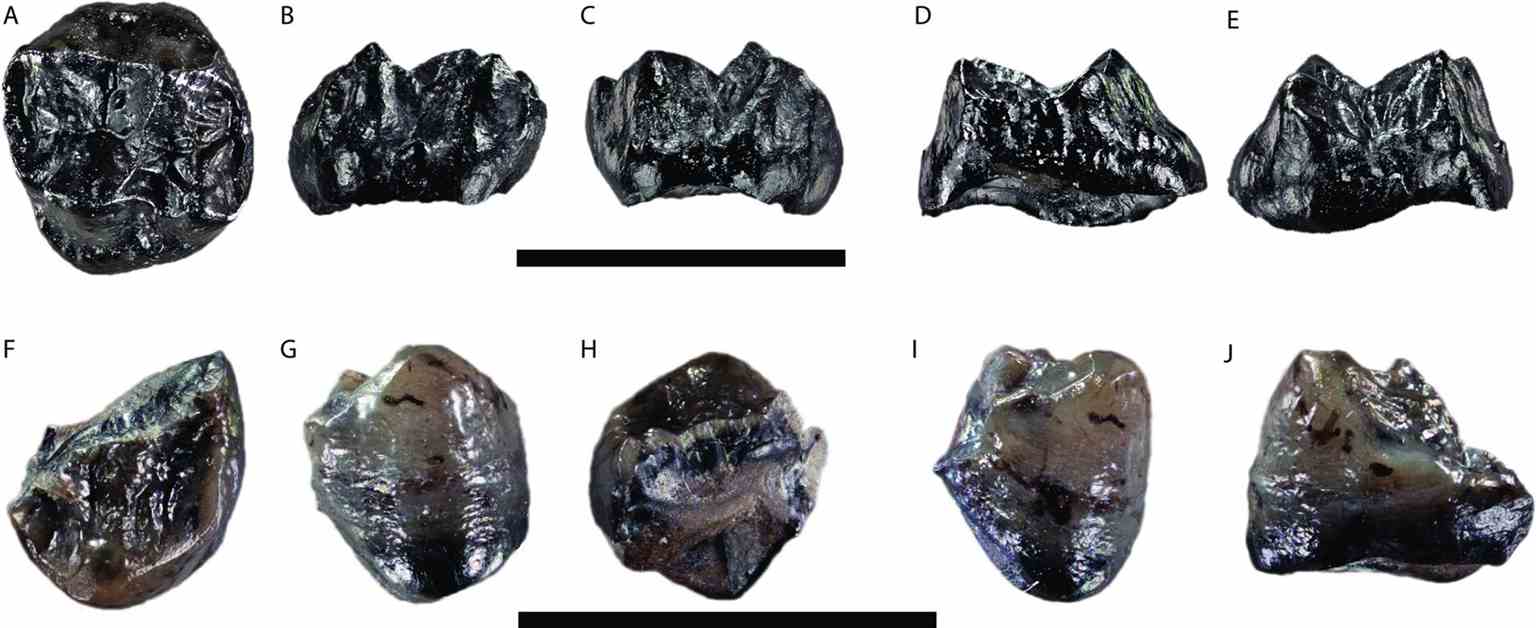Discovery of the Smallest Known Great Ape in Europe 11 Million Years Ago
In a groundbreaking discovery, scientists have unearthed partial fossil remains of two teeth and a kneecap from the smallest great ape species known to date: Buronius manfredschmidi, found at the Hammerschmiede site in Bavaria, Germany. This incredible find sheds light on a unique coexistence of two great ape species that lived 11 million years ago without competing for resources.
The discovery, published in the journal Plos One by researchers from the universities of Toronto (Canada) and Eberhard Karls de Tubinga (Germany), marks the first documented coexistence of two great ape species in that period. The Hammerschmiede site in Bavaria, Germany, has yielded abundant fossils, including skull remains of a large ape known as ‘Danuvius guggenmosi,’ which lived 11.6 million years ago. The recent discovery of partial teeth and kneecap fossils of a smaller ape species, Buronius manfredschmidi, in the same stratigraphic layer has led researchers to hypothesize the presence of a distinct species.
Analysis of the dental structure and kneecap suggests that Buronius was an adept climber that primarily consumed soft foods like leaves, weighing around 10 kilograms. This makes Buronius the smallest known great ape species to date. The researchers believe that the differences in diet and size between Buronius and Danuvius allowed them to coexist without competing for resources, similar to modern gibbons and orangutans sharing habitats in Indonesia.
This discovery represents the first known case of simultaneous presence of two great ape species in Europe, known as ‘hominid syntopy.’ Future studies in similar sites across the continent may reveal additional examples of this cohabitation behavior during the same period.















